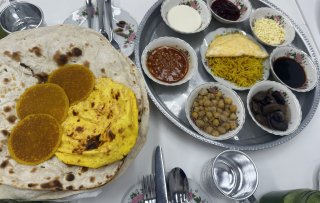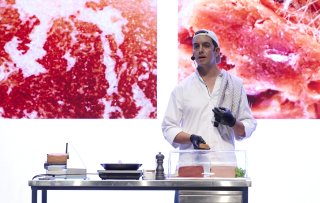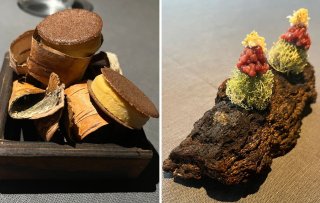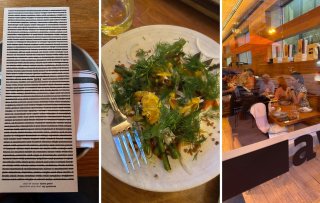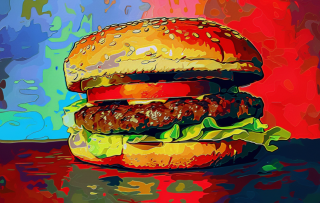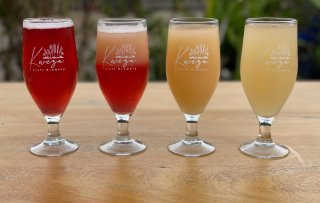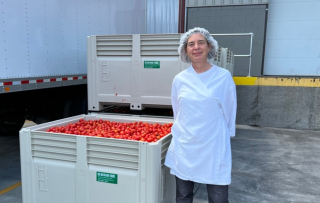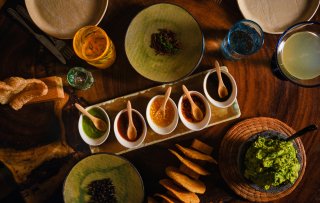How does the bliss point of sugary food works? We interviewed @M_MossC about salt, sugar and fat.
‘We are addicted to sugar’, says journalist Michael Moss. The food industry is under attack and the food debate has intensified. Will it change? We interviewed Michael Moss, author of Salt, Sugar, Fat: How the Food Giants Hooked Us?
You visited food scientists that use technology to calculate the ‘bliss point’ of sugary beverages or to enhance the ‘mouthfeel’ of fat by manipulating its chemical structure. Could you explain how the ‘bliss point’ works?
‘For Dr. Pepper, the developer started with 52 different formulations of sweetness, each one slightly different to the other. They invited 3000 consumers to do a taste test, compiled all the data, stuck it into a computer and got their results. The top is the perfect amount of sugar, the bliss point.
But nutritionists aren’t concerned whether the industry knows how to perfect the amount of sugar in soda, ice cream or cookies. Instead, they want to know whether these industries have people adding sugar to products that didn’t used to be sweet before. So now bread has sugar and, therefore, a bliss point. Yoghurt can have as much sugar in it as ice cream and half cup serving of pasta sauce can have an equal amount as a couple of Oreo cookies.
It teaches us to expect sweetness in everything we eat. So when we taste the bitterness I broccoli and Brussels sprouts, for example, the things we should be eating lots of, we don’t like it. Now that we’re so used to eating sweet things and so we tend to avoid vegetables.’
Read the whole interview in The Ultimate Seduction issue.
.png-28x28.png) Written by
Written by 





